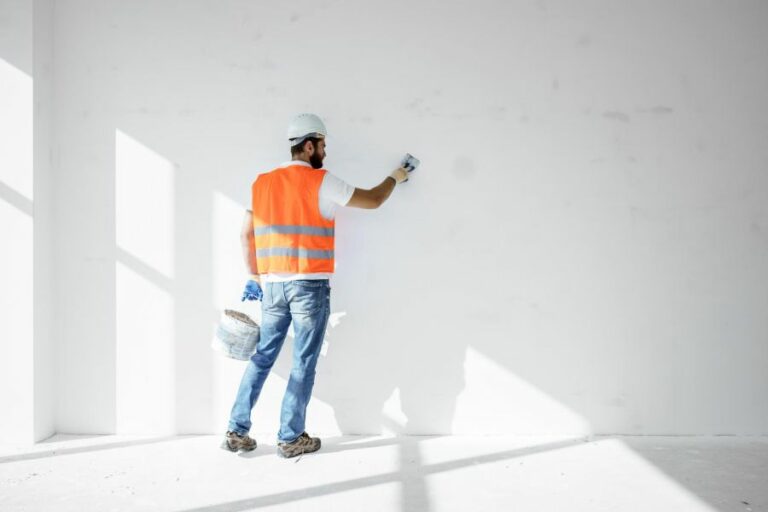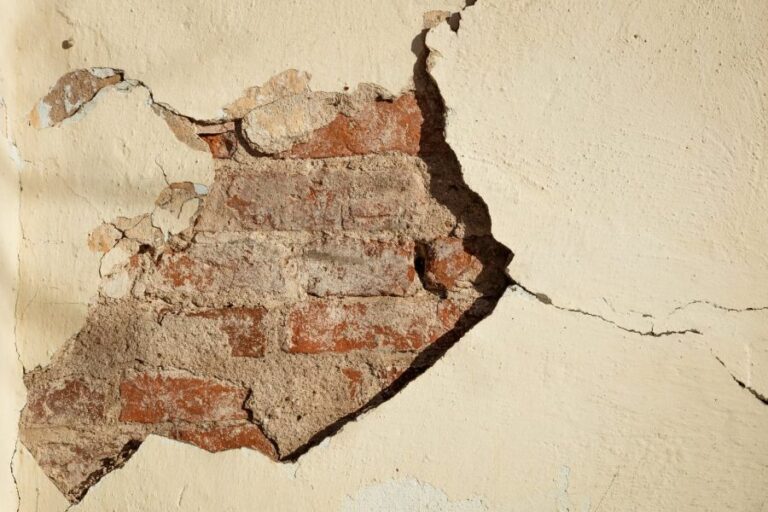Techniques For Applying PWRP On Wood. What Pros Say
Ever struggled to achieve a flawless finish while applying paint, stain, or varnish on wood? Look no further; we have the perfect solution for you with techniques to apply a PWRP (Prepare, Wash, Repair, and Protect) approach to wood projects. Trust us, with these tried and tested methods, you will significantly enhance the appearance and durability of your woodwork.
Techniques for applying PWRP on wood:
To apply polyurethane-based water-repellent preservatives (PWRP) on wooden surfaces, first, prepare the wood by cleaning and sanding. Choose the right PWRP for your wood type and project. Apply PWRP using a brush, roller, or sprayer, following the manufacturer’s instructions. Allow the wood to dry, then apply additional coats as needed. Maintain the wood surface regularly and follow safety guidelines when working with PWRP.

Dive into the world of PWRP application on wood and discover the best techniques for achieving exceptional results. Uncover expert tips and tricks that will elevate your woodworking projects. Read on to unlock the full potential of your woodworking experience!
Contents
Methods for Implementing PWRP on Wooden Surfaces
Polyurethane-based water-repellent preservatives (PWRP) are a fantastic solution for protecting and prolonging the life of wooden surfaces. They help prevent water penetration, decay, and discoloration, thus ensuring the beauty and functionality of the wood.
• Preparing the Wood Surface
Before applying PWRP, it’s essential to prepare the wood surface adequately, as this will ensure proper absorption of the product and long-lasting protection.
– Cleaning the Surface
Clean the wooden surface thoroughly to remove any dirt, grease, or stains. Use a soft brush or cloth and a mild detergent if necessary. Rinse well with water and let the wood dry completely.
For outdoor wood surfaces exposed to the elements, consider using specialized wood cleaners to remove any mold, mildew, or algae.
– Sanding the Surface
To achieve the best results, sand the wood surface before applying PWRP. Start with coarse-grit sandpaper (around 80 grit) and work your way to finer grit (about 220 grit) for a smooth finish. Always sand in the direction of the wood grain to prevent scratching the surface.
After sanding, remove any sawdust or debris using a vacuum cleaner or a soft cloth.
• Choosing the Right PWRP
Selecting the appropriate PWRP product for your specific wood type and project is crucial. Many PWRPs on the market cater to different types of wood and various applications.
Read the product label carefully to ensure it is suitable for your project. If you’re unsure, consult a professional or contact the product manufacturer for guidance.
• Applying PWRP on Wood
Once the surface is clean, dry, and sanded, it’s time to apply the PWRP. Each product may have specific instructions, so always follow the manufacturer’s recommendations. Below are general guidelines for applying PWRP on wood:
– Stirring the Product
Before application, stir the PWRP thoroughly but gently. This ensures that all ingredients are evenly distributed, which helps achieve consistent coverage and protection.
– Selecting the Application Method
PWRP can be applied using a brush, roller, or sprayer. The choice depends on the specific project and personal preference. Keep in mind that a brush allows for a more controlled application, while a sprayer helps cover large surfaces quickly.
– Brush Application
To achieve the best results with a brush, use a high-quality, natural bristle brush that’s appropriately sized for your project. Apply the PWRP in the direction of the wood grain, using long, smooth strokes.
Be sure to maintain a wet edge and avoid applying too much product, as this may cause puddling or uneven absorption.
– Roller Application
If using a paint roller for application, select a medium to long nap roller designed for stain or sealant products. Apply the PWRP in the same direction as the wood grain and maintain a wet edge. Use a brush to smooth any runs or drips immediately.
– Sprayer Application
For spray application, check the PWRP product label for specific guidelines on sprayer types and settings. Take a moderate and even approach.
Do not apply too much product at once. After spraying, use a brush or roller to smooth and even out the PWRP application, ensuring proper absorption into the wood surface.
• Drying and Re-coating
After applying the first coat of PWRP, allow the wood to dry as recommended by the manufacturer, usually between 2-24 hours.
Dry times may vary based on temperature, humidity, and wood type. Check the wood by touching it lightly. It should feel dry and no longer tacky.
Apply a second coat of PWRP in the same manner as the first coat, ensuring full and even coverage. Some products may require additional coats for optimal protection. Refer to the manufacturer’s recommendations for specific guidelines.
• Final Tips and Maintenance
- Regularly inspect and maintain your wooden surfaces to ensure ongoing protection. Certain factors, such as exposure to harsh weather conditions or heavy use, may require more frequent reapplication of PWRP.
- Use a compatible wood cleaner for regular maintenance, and avoid using harsh chemicals or pressure washers that may damage the wood or erode the PWRP protection.
- Always follow safety guidelines when working with PWRP products. Wear gloves and safety glasses, use them in well-ventilated areas, and dispose of waste materials responsibly.
By following these expert recommendations and techniques, you’ll be on your way to achieving a durable and water-repellent wood surface that lasts for years to come.







